If you were planning to row 3,000-miles solo across the Atlantic Ocean, what would be top of your list of home comforts?
For St Andrews businessman Henry Cheape, there’s no contest.
When he embarks upon the epic, unsupported adventure from the Canary Islands to Antigua in December, his must have item will be a toilet seat!
“We all need home comforts!” laughs Henry, 43, in an interview with The Courier.
“Everyone takes different things – it’s like Desert Island Discs!
“For me, sitting on a bucket that’s pushing into my a**e – I just don’t need that!”
What will Henry Cheape’s Atlantic rowing challenge involve?
Henry will be embarking upon The World’s Toughest Row.
Joining other adventurers on the unsupported journey, he will leave behind the Balgove Larder farm shop in St Andrews for more than 10 weeks.
He will tackle physical and mental fatigue to complete the challenge aboard the Polly Anne, using food only sourced by local suppliers from across Scotland to keep him fuelled on his trip.
He aims to promote the message that sustainability is at the heart of a better future, from the food grown on farms to education that empowers people to lead sustainable lives.
By using chosen food suppliers to sustain his venture, Henry plans to raise £250,000 for conservation and environment charities and promote sustainability.
But he will also be hoping for a less eventful trans-Atlantic journey than the one his ancestor experienced more than a century ago.
His great-great-grandfather was Joseph Bruce Ismay, the head of shipping company White Star Line, which owned the Titanic.
Ismay was on board when the “unsinkable” ship sank on its maiden voyage across the Atlantic in April 1912 and survived.
What conditions can Henry Cheape expect on his Atlantic rowing challenge?
The Courier caught up with Henry who recently invited members of the public to ask questions about his state of the art boat the Polly Anne.
The businessman, who is a distant cousin of the Prince of Wales, rowed the craft into St Andrews Harbour ahead of it being shipped out to the Canaries.
Giving The Courier an overview of the R25 rowing boat – which won her class for the 2022 Atlantic race – he explained how he can expect waves the size of houses and will have to face the possibility of capsizing.
However, he’s also looking forward to the solitude, experiencing nature, spectacular sunrises and sunsets and seeing brilliantly clear night skies.
“It’s going to be fairly solitary!” he said explaining that on a “good day”, he could row more than 50-miles, and on a “bad day”, depending on weather, it could be “minus-20 miles”.
“It’s going to be really interesting. Day to day routine is going to be really important.
“I remember speaking to both my grandfathers who were locked up during the war.
“In times of duress, pretty much anyone you speak to who’s been in that situation says routine is what gets them through.
“Simple stuff like shaving every morning, eating three full meals, stopping for a cup of tea in the evening.
“All that type of stuff is just going to help keep the mind moving.
“I think if you drift into a routine-less chasm, then you get yourself into all sorts of psychological problems.
“Get up early, row, stop, have breakfast, have a shave, go to the loo, all that sort of admin.
“There’s a few boat checks to do. Row until lunchtime. Stop for lunch. Have a bit of a rest in the afternoon.
“Row all afternoon then stop for a feed and a rest at about sunset. Watch the sun go down. Then row as long as I can at night and go to bed.”
What is Henry’s motivation for taking on the Atlantic rowing challenge?
Henry talks about people having a “big itch in life that we need to scratch”.
Part of his motivation for taking on the challenge is to highlight sustainability.
The other is to step outside his comfort zone and experience “adversity” so that he can “appreciate normality” on his return.
But when he talks about the practical obstacles he had to overcome when applying, he also feels like it was “meant to be”.
“When I applied to join the race at the end of last year, I was told it was fully booked,” he explained.
“I thought nothing more of it.
“Then they called me back about two weeks later saying ‘something has changed. If you can get yourself a boat you might have a place’.
“I phoned Rannoch Adventure who make these boats and said ‘have you got a boat’?
“They laughed at me and said – ‘there’s a three year waiting list! On yer bike’.
“They called me back the next day and said ‘you won’t believe it but we’ve got a boat.
“But if you want it you need to commit to it very quickly – it’s coming back from America’.
“We at that stage were about to go on holiday. I’d promised my wife Louisa and my children that my phone would be switched off for three weeks.
“So I just went for it and said ‘right let’s do this’.
“I paid a deposit, blind, and thought nothing of it while we were on holiday.
“Came back, spoke to Rannoch. ‘Yep, the boat’s yours. Here’s the guy who’s selling it’.
“Phoned the guy, told Louisa about it, and she’s like ‘I was brought up in the same village as him!’.
“It was meant to be!”
How much does the Polly Anne cost?
Henry has been training hard since he picked up the boat in early March.
Costing between £50,000 and £70,000, the reason these vessels are so expensive, he says, is that they are made from carbon fibre – all hand made in the UK and high spec.
The quality of the finish is “extraordinary”, he said – so much so that they hold their value.
He’s actually already sold the boat to someone who’s doing the race next year.
Henry explains that it features an on-board water-maker, solar systems, space to store enough food to last 80 days and a small cabin to sleep in.
Aside from the loo seat, the bedroom is very comfortable.
It’s the “nerve centre” where all his navigation and communication systems can be found.
He’s got a VHF radio, standard hand-held radio, and he’s also hiring a satellite phone, allowing him to keep in touch with other boats – the nearest of which will likely be hundreds of miles away.
In the event of bad weather or if he injured himself, the bedroom would also become his “safety capsule”.
While he will be clipped on at all times, the self-righting vessel could roll over in heavy seas.
Henry has enjoyed a lifelong love of the sea
Henry explained that he’s always loved the sea.
As a family, they like to holiday on the west coast, “messing about on boats”.
He reveals a family connection to the ancient St Andrews Harbour.
While looking at family archives which are administered by St Andrews University, he recently learned that the front gates of the house on his family’s Strathtyrum Estate, were forged in Edinburgh and came to St Andrews by sea.
They’d have landed more-or-less where his boat was tied up.
Yet while he’s “fascinated” and “humbled” by the sea, he’s also “scared” of the sea.
He thinks that as a species, humans need to recognize how important the sea is to us and why it needs to be looked after.
That’s why sustainability is also at the heart of his mission.
Concern about plastic pollution in the world’s oceans
“Sadly everyone I’ve spoken to who’s done this crossing says there’s plastic everywhere,” he said.
“The whole way across the Atlantic there’s plastic bags, helium balloons, nappies. All that s**t we all use.
“If I can get one message through – please, try not to use plastic.
“And if you do use plastic, don’t throw it out the window because if you do it’ll end up in the sea.
“It’s downhill the whole way everywhere. Please please recycle.”
Henry will be powered by ‘sustainable’ foods on Atlantic row adventure
One of the producers already on board with the project is Scottish Honeyberry Growers.
Henry will use both their freeze-dried honeyberries and cold-pressed juice in wellness shots form on his journey.
He is supporting Global Canopy, a data-driven not-for-profit organisation that targets the market forces destroying nature; Sustain which campaigns for a healthy and sustainable food system and Nomad Trust which helps conserve wildlife, habitat and wilderness in Tanzania.
For further information about Polly Anne visit and for details on how to donate or sponsor the challenge visit www.pollyanne.co.uk
The race is scheduled to start in mid-December and people can follow Henry and Polly Anne’s adventures at #Pollyanne23 on Facebook, TikTok and Instagram.
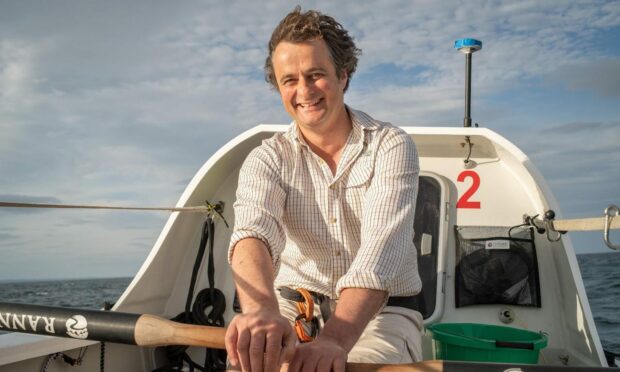
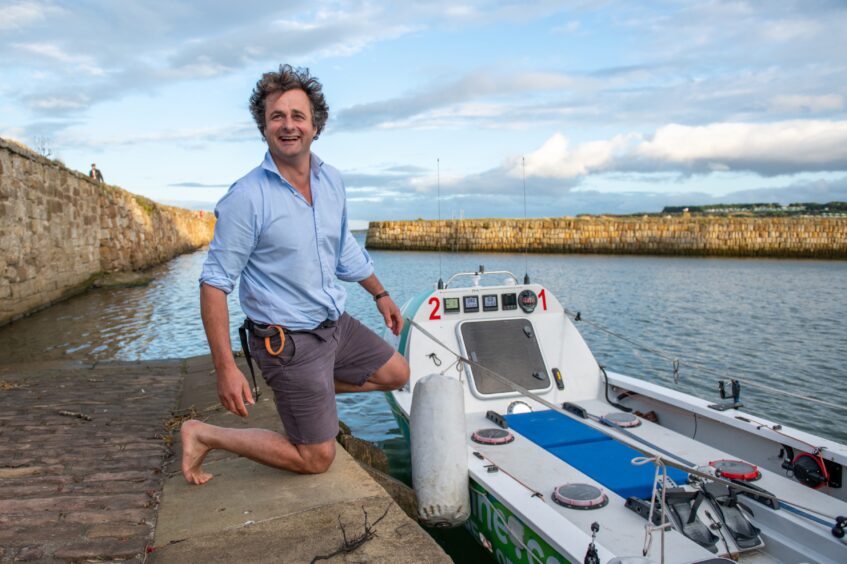
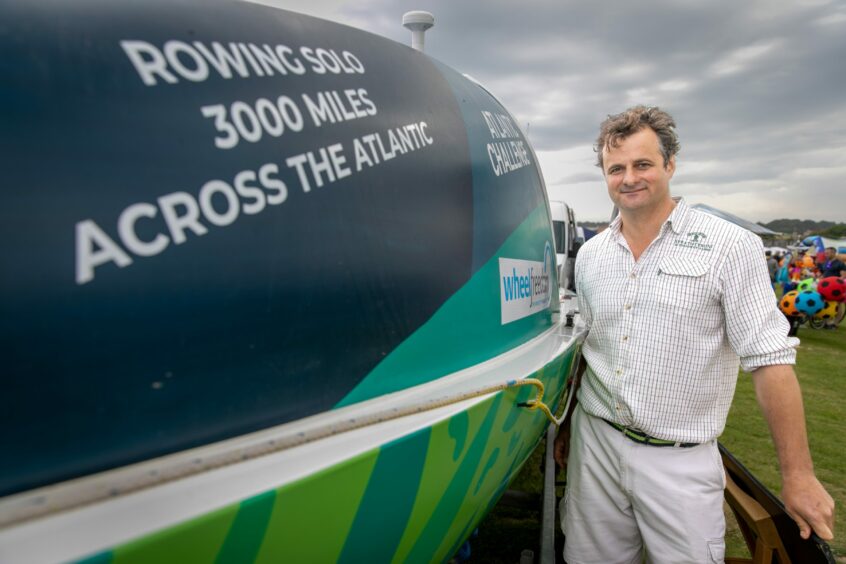
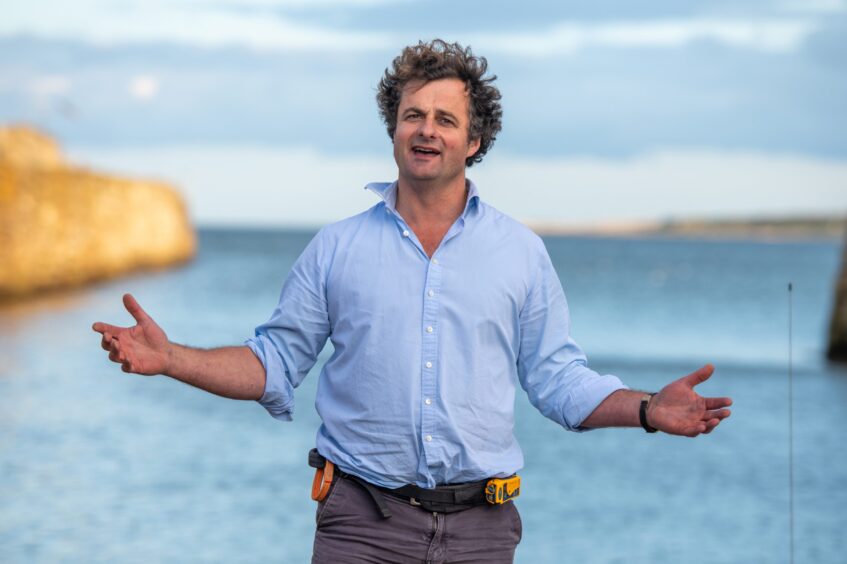
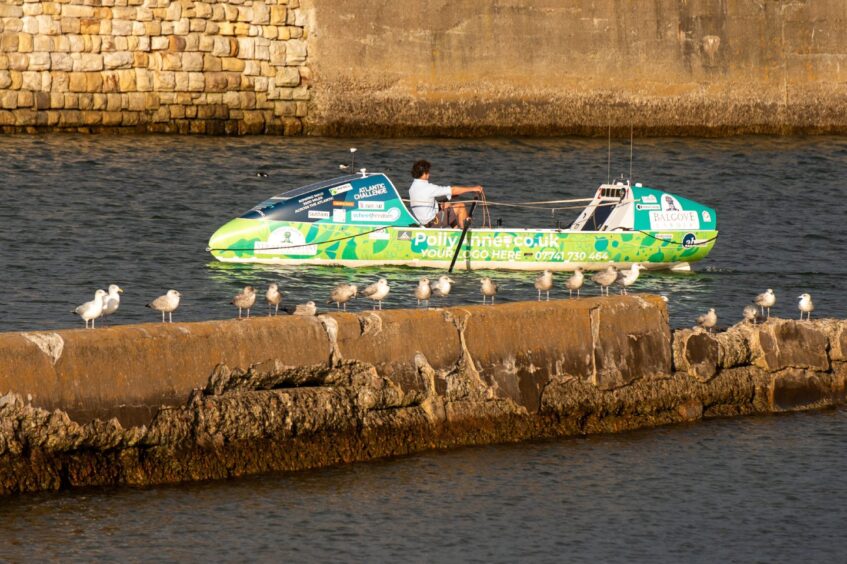
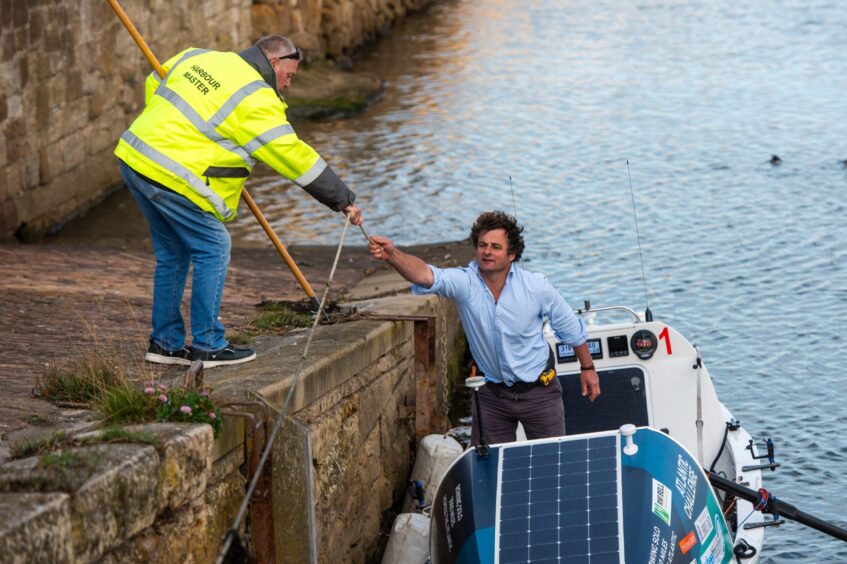

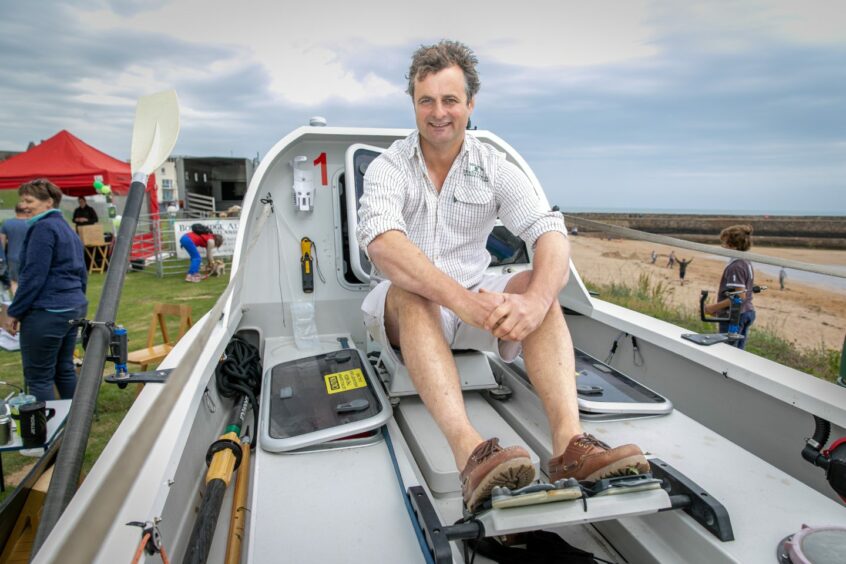

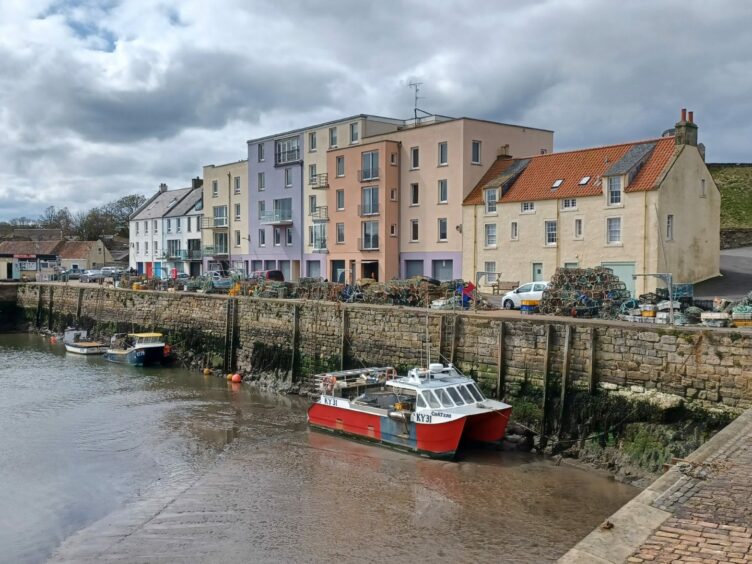
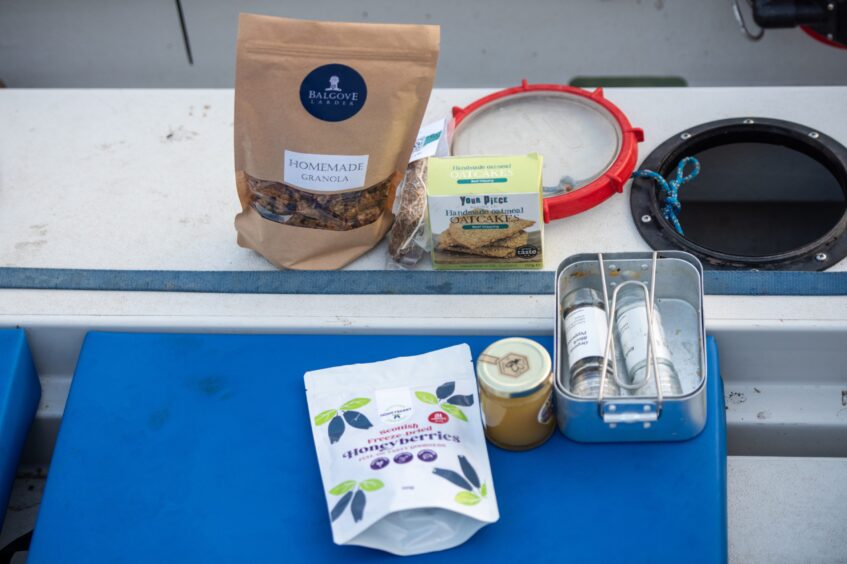









Conversation